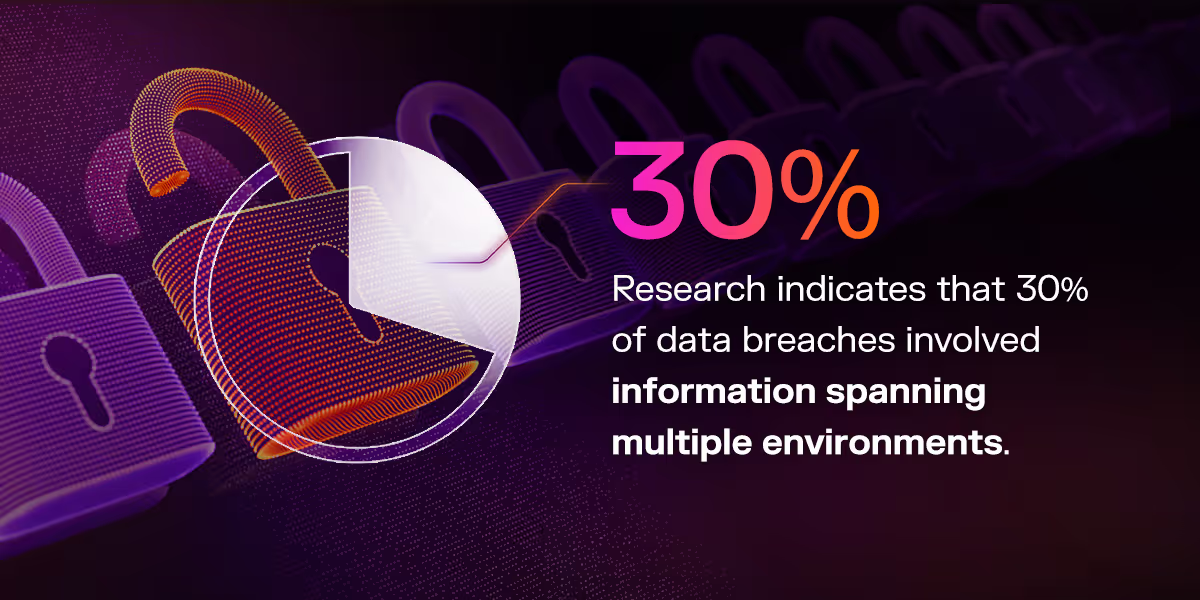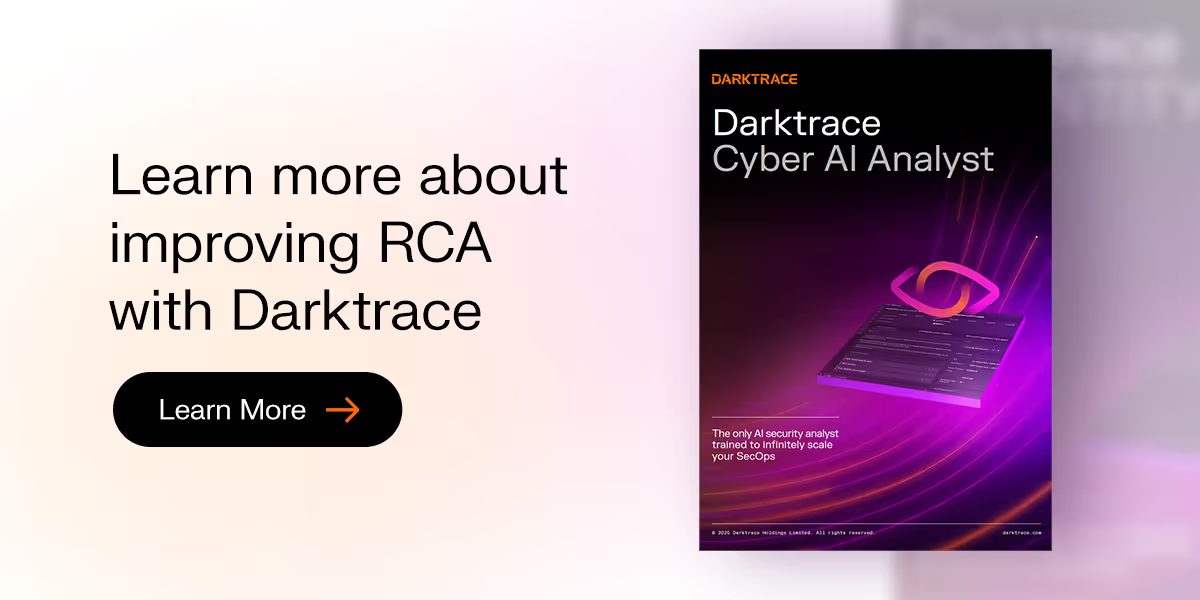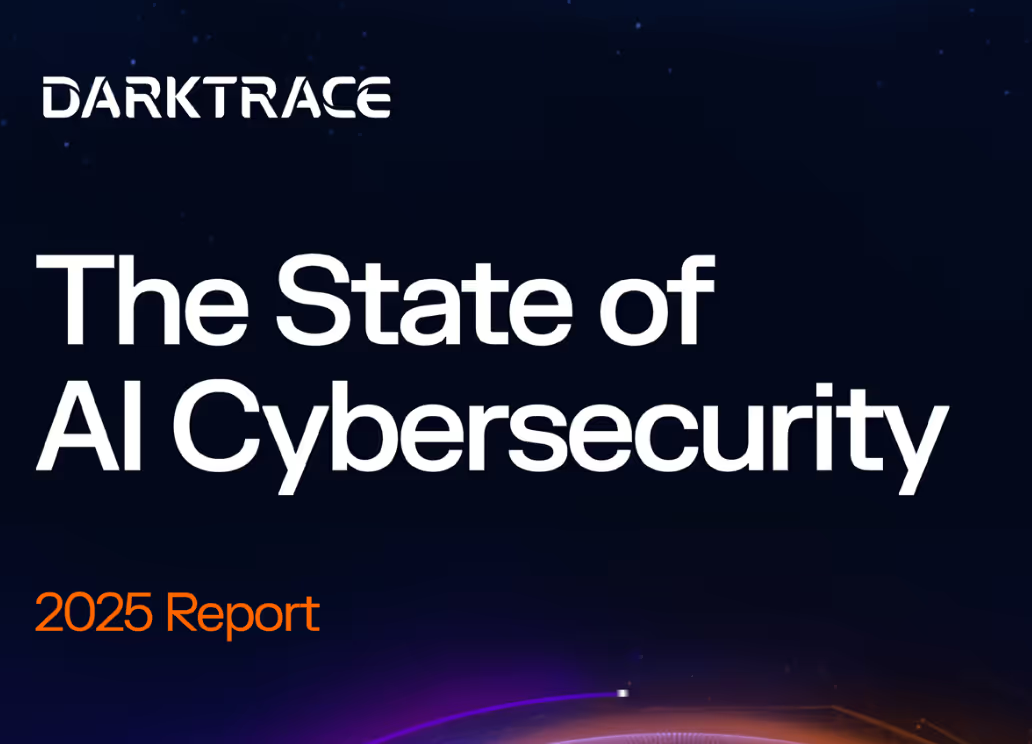What is Root Cause Analysis (RCA)?
What is root cause analysis?
Cybersecurity threats grow more sophisticated by the day. Dynamic attack surfaces, evolving techniques, and adversaries who can pivot between assets undetected by traditional tools are modern realities. All these factors cement the importance of conducting Root Cause Analysis (RCA) after an incident.
RCA is a systematic approach to determining why an incident occurred, making it the first step toward remediation, recovery, and stronger defenses. Yet, painting a comprehensive picture of what happened, and how, is a time and expertise-intensive process without the right tools and skills.
Learn why RCA is nonnegotiable, how contemporary RCA is keeping pace with the challenges, and the best practices to modernize your approach.
Why is RCA essential?
Understanding the underlying causes of an incident is essential to building and maintaining a stronger security posture.
Attacks are becoming more advanced

With adversaries growing more sophisticated, attacks are no longer limited to a single domain. Research indicates that 30% of data breaches involved information spanning multiple environments. Modern root cause analysis examples often show that threats start with a phishing email or vishing attack — once inside, adversaries pivot and access other assets through valid credentials, making them more challenging to detect.
Detection alone isn't enough
While detecting and responding to potential threats in your network and endpoint ecosystem is essential, it's only the first step. Effective incident response and recovery require understanding how an adversary gained access, what systems they touched, and what actions they took. This understanding becomes even more critical when the use of valid credentials is involved to support full identification of all affected systems and accounts. Without that knowledge, businesses risk incomplete remediation that leaves them vulnerable to similar, repeated attacks.
Incident costs escalate without a full-scope understanding
The average cost of a data breach worldwide in 2025 was $4.44 million, though it varies widely depending on the sector. For example, the average cost in the healthcare sector exceeds $10 million.
Without RCA, it's impossible to ensure you're implementing effective preventive security measures to help defend against these expensive breaches — you'll only be addressing the immediate symptoms of an incident rather than identifying and eliminating the underlying issues that created it. As a result, future attacks via the same methods and vectors remain a risk, and the associated costs escalate.
A brief history of conventional root cause analysis methods
Traditionally, cybersecurity analysts relied on conventional approaches like the following to carry out RCA.
The five whys
This root cause analysis format involves iterative questioning to help discover the root cause. For example, ask “why did ABC happen,” then follow the answer ("because of DEF") with another question about why DEF occurred.
The primary advantage of this approach is its simplicity and speed — it's straightforward to use, quick to implement, and cost-effective to conduct. Yet, it lacks the depth required for modern RCA. Teams may stop asking why too soon, preventing them from reaching the true root cause. This methodology also doesn't support the generation of solutions and lacks objective verification of an incident's actual underlying cause.
Fault tree analysis
This technique is a top-down approach, starting with the inciting incident and using deductive logic to work backward and identify all potential causes. It generates a tree-like diagram of cause-and-effect relationships and helps visualize all possible contributing factors and attack paths.
As with other traditional approaches, fault tree analysis is less effective with modern, sophisticated threats. The methodology is time-consuming and prone to gaps when assessing multidomain attacks. It can also oversimplify more complex security incidents, leading to incorrect analyses.
Basic log analysis and manual correlation
Basic log analysis and manual correlation during RCA is the time-intensive process of sifting through raw log data from various sources. Analysts use this data to try and identify connections or patterns that indicate what led to an incident, and it was a tried-and-true methodology for years.
However, this fundamental analysis no longer proves as valuable in the face of evolving threats. Sheer data volume and velocity mean an overwhelming amount of log information to scour that is unfeasible for most security teams to tackle manually. Evasion techniques and advanced persistent threats are too complex for this technique to be practical, and the methodology's time-consuming nature can allow for increased exposure risk.
The rise of advanced root cause analysis tools and techniques to enhance RCA
As attacks increase in sophistication, new tools and approaches have emerged to help security teams defend their assets.
Security information and event management systems
Security information and event management (SIEM) tools offer several benefits to overworked security teams doing an RCA. They improve log aggregation and basic correlation, centralizing data for easier, faster analysis.
While SIEM tools are essential, they're not viable as stand-alone solutions. They're rule-based technologies, which means they lack the context of behavioral analysis. They also still rely heavily on analyst expertise that some teams may not have.
Network monitoring and network detection and response tools

Network monitoring tools boost visibility into traffic patterns, enabling analysts to track data flow and pinpoint unusual connections. The insights these solutions offer can help analysts accurately reconstruct how events unfolded during an incident and provide context about how adversaries moved throughout the environment.
Traditional monitoring alone proves insufficient, though, since the data is limited to knowing what's happening and if things are working as expected. As a result, most cybersecurity professionals have adopted network detection and response (NDR), which goes beyond simple monitoring. These tools leverage artificial intelligence like machine learning and behavioral analytics to alert teams to anomalies and offer actionable advice for incident response.
Best practices for RCA
Implementing the following tips can help you modernize your RCA approaches to keep pace with evolving threats.
Focus on cross-domain visibility
Being able to piece together data from multiple domains is critical to discovering root cause, as adversaries can quickly pivot from email and move laterally into cloud- and network-based assets.
Look for tools capable of detecting this stealthy activity by simultaneously analyzing user behavior across environments. This technology learns user-specific activity patterns across domains and flags anomalies that can indicate a potential breach, empowering effective tracking of an attack's progression from initial compromise to final impact.
Consolidate data analysis
When analysts lack a consolidated platform for RCA, they're forced to navigate visibility gaps and siloed resources, which can hamper meaningful insights. Further, analysts spend a substantial amount of time switching between disparate systems, eliminating repetitive information, and sifting through volumes of data that make RCA more complex.
A modern RCA approach addresses these challenges with a single platform that aggregates data from across your entire digital footprint. With a centralized solution, teams spend less time gathering data from various sources, like NDR tools, endpoint detection and response (EDR) systems, Identity Access Management (IAM) logs, email telemetry, and more. Analysts gain better clarity faster and can focus on high-priority alerts and remediation efforts.
Use AI-powered technology
Today's security teams face many challenges. Labor shortages are common, with approximately 3.5 million vacancies in 2025, as are false positives. These facts often translate into leaner teams battling alert fatigue and time crunches, which complicates effective RCA.
AI-driven investigation and analysis tools simplify and dramatically accelerate RCA to help reduce the burden on security teams. AI-powered technology doesn't replace human analysis — it augments the analyst's expertise by quickly piecing together an attack narrative from disparate sources and rapidly identifying crucial connections that could take days to discover manually.
Additionally, AI-driven tools reduce alert fatigue by surfacing the most critical information and presenting it in a logical, digestible format. This data organization enables analysts to focus on more strategic decisions and responses.
Document and share knowledge
Comprehensive documentation of root cause findings empowers security teams with an institutional knowledge base for future investigations. Go beyond just listing attack progress and details and provide information on the investigation process. Include points like which data sources gave the most critical insights and which analytical approaches were most effective. Documentation becomes especially valuable when investigating similar incidents and attack patterns, enabling faster responses to emerging threats and connections between events.
Learn more about improving RCA with Darktrace
Darktrace Cyber AI Analyst supplements your security team's expertise, arming them with a powerful solution that blends human intuition with the speed and scalability that only AI can offer. Learn more about how our Cyber AI Analyst saves money, reduces risk, and improves RCA by downloading the solution brief today.

























